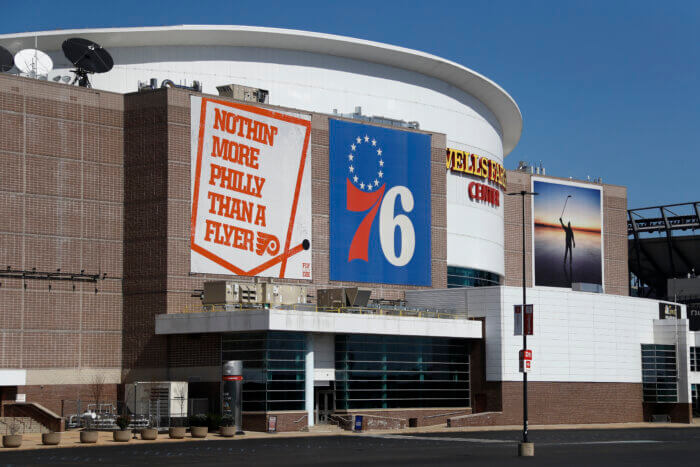It was an argument over dog feces.
Franklin Santana was reportedly tired of neighbor Tyrirk Harris’ dogs defecating on his lawn. On Feb. 14 this year, he confronted Harris about it. Now, Harris is charged with fatally shooting Santana.
Another minor confrontation had turned deadly.
Arguments account for about 80 percent of the city’s homicides, according to Everett Gillison, the city’s deputy mayor for public safety.
Philadelphia Police Homicide Capt. James Clark said some of those disagreements are “about drugs, robbery or a deal on drugs.”
“It’s a small population of the community that have guns and no regard for human life,” Clark said.
But more likely, said criminologist David Kennedy, the arguments are personal beefs.
“It’s not about money, not about the drug trade, not about protecting the corner or their pocketbook. It’s different kinds of ‘street code’ stuff: respect and disrespect and girls and vendettas,” said Kennedy, director of the Center for Crime Prevention and Control at New York’s John Jay College of Criminal Justice. “It’s my group against your group. These things can simmer, literally, for decades.”
Maria Volpe, director of John Jay College’s Dispute Resolution Program, said arguments end with violence because many people aren’t taught other ways to resolve their problems. Her program, with a motto of “make talk work,” aims to teach peaceful means of conflict resolution.
“There’s an old saying that if the only tool you have is a hammer, everything looks like a nail,” she said. “If the only tool you have is a weapon, that’s what you end up using.”
More policing can’t prevent arguments that spring up in homes and on the streets, said Jerry Ratcliffe, a Temple University criminologist.
“Homicide is in some regards the easiest measure for people to compare cities and also the worst,” he said. “So many of the factors that drive the homicide rate are outside the range of the police having an effect on them. Yet these figures are used to measure policing, and they’re quite unrealistic.”





























